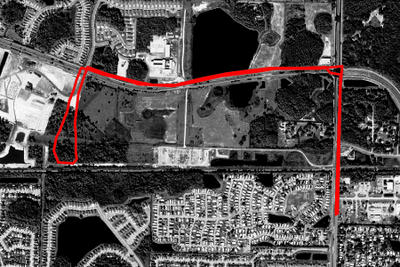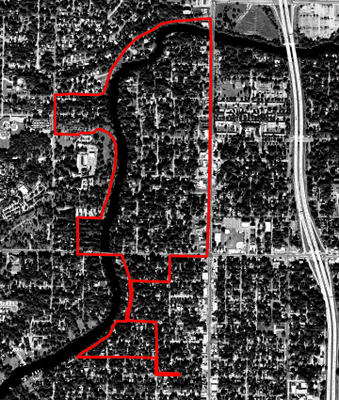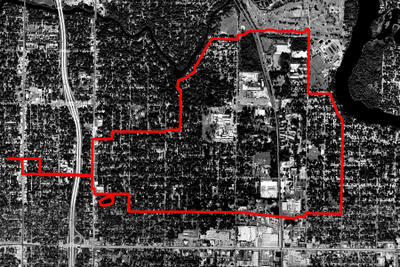 Platt Loop 16.3mi
Platt Loop 16.3mi“
I don’t like hippies, and I don’t like cornbread, and I don’t like much.” --
Lyle LovettI don’t like hippies because they ruined my concept of the American Indian. In the children’s game of Cowboys and Indians, I always wanted to be an Indian like everybody else. Later, in high school, I grew my hair down my back, pierced my nose, and even wore turquoise earrings on occasion. My reverence for hippie subculture was a kind of hero worship that came from a mix of my parent’s nostalgia for their “hippie days”, and my early love for the music of that era. By the time I had met some practicing hippies in college, the mystique had worn off. I never could get into the body odor thing, and everyone seemed to have some unseen means of support that I could never figure out and didn’t have access to. And there were so many rules. I do love cornbread though.
The hippies’ identification with the American Indian sprang from their own idealized and stereotypical notion of what Indians represented, a characterization most likely formed from watching John Wayne movies as children. John Wayne was my grandfather’s hero, and what better way for my father to rebel than to cheer for his enemy, the noble savage, but the hippie concept of the American Indian was as twisted as John Wayne’s.
In college, as a new reporter for the school paper, I got my first byline for an interview with
Russell Means, the former leader of the
American Indian Movement. Means was in town to protest the arrival of
the Nina, the Pinta, and the Santa Maria, replicas of the famous fleet made to celebrate the 500th anniversary of Columbus’ voyage. He towered over me, a giant of a man, thick black braids on each shoulder, as he railed against Columbus, the media, and Hollywood’s portrayal of Indians in recent movies like Dances With Wolves. Later on, Means apparently changed his mind when he appeared in
The Last of the Mohicans and provided the voice of Chief Powhatan in
Disney’s Pocahontas, a movie that he referred to as “
the finest movie ever done about Indian people in Hollywood”.
Gloria Jahoda’s
River of the Golden Ibis has renewed my interest in the figure of the Indian in American history. The Indians that Jahoda describes are not only at one with the land, they are intelligent, articulate, complex, deceitful, and vengeful. They are human.
Today I run south along the west bank of the Hillsborough, known to the Seminoles as the Lockcha-popka-chiska, and earlier to the Timucua as the Mocoso. The Timucua town of Mocoso sat on this side of the river near what is now the University of Tampa. My plan is to cross the river at the Platt Street Bridge before it empties into Hillsborough Bay. I’m trying to follow the river as closely as I can, but I keep getting pushed to the west by the security gates of apartment complexes, and the dead end streets of riverfront homes. I follow Rome Avenue to the south, past Tampa Catholic High School and its waterfront stadium, home of The Crusaders, a team destined to strike fear in the hearts of others like the Chamberlain Chiefs, but not immune to the terrors of King High School’s Lions.
Continuing today’s theme of empire and subjugation, I cross Columbus Avenue and pass the riverfront housing projects with their tall iron fence along the water. I guess these people aren’t paying enough rent to be allowed to enjoy their prime location. I had hoped to find a shortcut from
Rick’s On The River through the baseball fields to the south, but all I can see is barbed wire and thick underbrush. I take advantage of the detour to use the facilities at Rick’s before skirting the ball fields to the west. On Spruce Street, I find a way through the elementary school to the track along the river, and I locate the path that connects the fields with Blake High School on the other side of North Boulevard. This is not the best of neighborhoods, and my aunt, a guidance counselor at Blake, has said that students have been mugged along this path on their way to Phys Ed. I’m about an hour and a half into this run, and I think if someone steals my Gatorade money I’m going to cry.
I follow the path under the North Boulevard Bridge and along the river until I have to squeeze through a hole in a fence to follow the path under I-275. My efforts are thwarted again at Tampa Prep, when a security guard in a golf cart refuses to let me run through the campus. I head west and take North Boulevard to the University of Tampa campus, past the former
Tampa Bay Hotel , and south to the Publix at Platt Street, where I jog up to the register with my precious bottle of Gatorade.
From here I take the Platt Street Bridge across the river towards the convention center on the Hillsborough’s eastern bank. This is the site where Fort Brooke was established in 1824. It was here that I stood in 1992, microphone in hand, embarrassed by my long straight hair, as
Russell Means spoke against Hollywood, political correctness, and “hang-around-the-fort” Indians. And it was here that Indian agent
Wiley Thompson, under the presidency of Andrew Jackson, proposed the Seminoles be gathered for their forced emigration to Oklahoma.
Thompson did not live to see his plans realized. On December 28th, 1835, he was shot fourteen times by the Seminole chief Osceola, in an event that would lead to the Second Seminole War. The rifle that Osceola used had been a gift from Thompson.
Osceola was a hang-around-the-fort Indian, spending time at both Fort Brooke and Ocala’s Fort King, and he used his time there to study the tactics of the United States soldiers. His knowledge of their methods helped him to lead a struggle that lasted seven years and cost thousands of lives.
I head north along the river’s eastern bank, through the beleaguered
Dan Kiley Riverfront Park, where the only people living off the land are the homeless men bundled up against the cool weather. At the Performing Arts Center I’m enveloped by a group of high school age runners, and I fall in with the pack, proud to be keeping up at eleven miles into my run. For the remainder of the route I stick to the river road, getting the occasional glimpse across the water to where I came from hours ago. It seems like years.
 West Epps 6.3mi
West Epps 6.3mi








